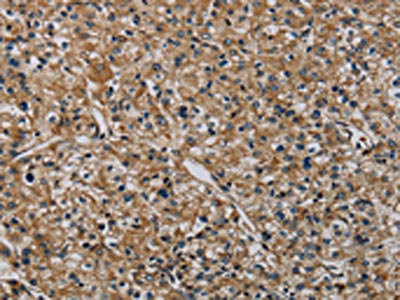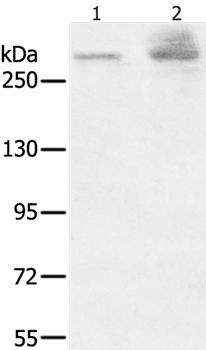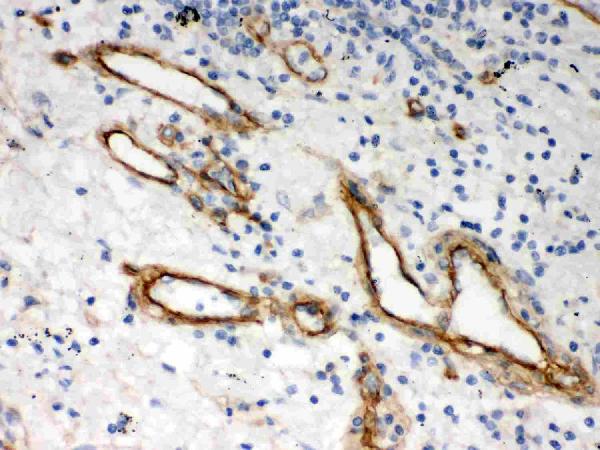![Heparan Sulphate Proteoglycan(A7L6), CF405S conjugate, 0.1mg/mL [26628-22-8] Heparan Sulphate Proteoglycan(A7L6), CF405S conjugate, 0.1mg/mL [26628-22-8]](https://biotium.com/wp-content/uploads/2016/12/BNUB0315-0-1.jpg)
Heparan Sulphate Proteoglycan(A7L6), CF405S conjugate, 0.1mg/mL [26628-22-8]
BNC040315
ApplicationsImmunoHistoChemistry, ImmunoHistoChemistry Paraffin
Product group Antibodies
TargetHSPG2
Overview
- SupplierBiotium
- Product NameHeparan Sulphate Proteoglycan(A7L6), CF405S conjugate, 0.1mg/mL
- Delivery Days Customer9
- ApplicationsImmunoHistoChemistry, ImmunoHistoChemistry Paraffin
- CertificationResearch Use Only
- ClonalityMonoclonal
- Clone IDA7L6
- Concentration0.1 mg/ml
- ConjugateOther Conjugate
- Gene ID3339
- Target nameHSPG2
- Target descriptionheparan sulfate proteoglycan 2
- Target synonymsbasement membrane-specific heparan sulfate proteoglycan core protein; endorepellin (domain V region); HSPG; perlecan proteoglycan; PLC; PRCAN; SJA; SJS; SJS1
- HostRat
- IsotypeIgG2a
- Protein IDP98160
- Protein NameBasement membrane-specific heparan sulfate proteoglycan core protein
- Scientific DescriptionThis MAb specifically precipitates heterogeneous material of high MW, identified as perlecan, a major heparan-sulfate proteoglycan (HSPG) within all basement membranes and cell surfaces. It does not cross-react with laminin, fibronectin, or dermatran sulfate proteoglycan. Because of perlecans strategic location and ability to store and protect growth factors, it has been strongly implicated in the control of tumor cell growth and metastatic behavior. Perlecan possesses angiogenic and growth-promoting attributes primarily by acting as a co-receptor for basic fibroblast growth factor (FGF-2). Suppression of perlecan causes substantial inhibition of neoplastic growth and neovascularization. Thus, perlecan is a potent inducer of neoplasm growth and angiogenesis in vivo and therapeutic interventions targeting this key modulator of tumor progression may improve neoplastic treatment. Primary antibodies are available purified, or with a selection of fluorescent CF® Dyes and other labels. CF® Dyes offer exceptional brightness and photostability. Note: Conjugates of blue fluorescent dyes like CF®405S and CF®405M are not recommended for detecting low abundance targets, because blue dyes have lower fluorescence and can give higher non-specific background than other dye colors.
- SourceAnimal
- Storage Instruction2°C to 8°C
- UNSPSC12352203







